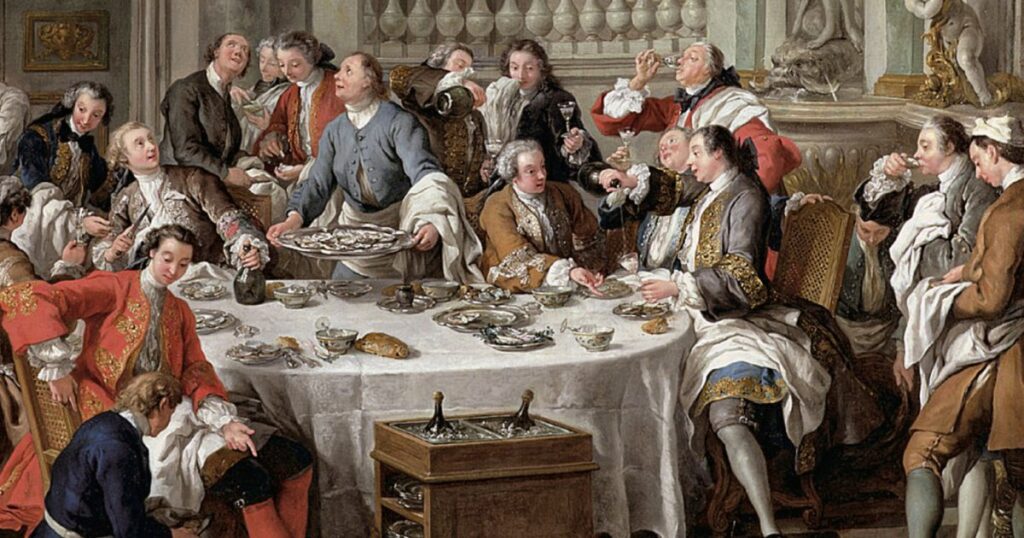Wine is an integral part of French history. For centuries, it has shaped the landscape, traditions and economy. To understand the history of wine in France, we need to explore the origins of the ancient appellations, the marks of identity that guarantee the origin and quality of a French wine.
The medieval origins of wine appellations
As early as the Middle Ages, certain regions began to distinguish themselves through the quality of their wine. Monks played a central role in this process. In their abbeys, they selected the best soils, experimented with grape varieties and established the first hierarchies of quality. Regions such as Burgundy and Champagne quickly became synonymous with renowned wines.
The monasteries were already classifying plots according to yield and harvest quality. These early distinctions laid the foundations for future wine appellations. At the time, labels did not yet exist, but the reputation of a terroir was established by word of mouth, markets and exchanges between seigneuries.
Royal recognition of French wine
Over time, the French nobility appropriated the finest wines. Some vintages were reserved for the court. French wine became a symbol of prestige and elegance. The reputation of Bordeaux wines exploded in the 14th century thanks to trade with England, while Burgundy wines became a fixture at royal banquets.
To prevent fraud, some towns introduced regulations. These early attempts to protect origins foreshadowed the appellations of old. It was forbidden, for example, to sell wine produced outside the town under its well-known name.
The first filing systems
From the 18th century onwards, Bordeaux merchants began classifying estates according to quality. This practice led to the famous 1855 classification, requested by Napoleon III for the Paris Universal Exhibition. This classification is still a benchmark in the world of wine.
Other regions are taking inspiration from this model. In Burgundy, winegrowers are continuing their work to identify parcels of land, giving rise to precise denominations: village, premier cru, grand cru. These ancient appellations are based on centuries of observation and know-how.
The phylloxera crisis and the need for a framework
At the end of the 19th century, phylloxera ravaged French vineyards. This aphid, which originated in the United States, destroyed the vine's roots. The crisis led winegrowers to replant massively, often without taking into account the old balance.
This disorganized replanting leads to a drop in quality. Fraud is rife. To protect serious producers, the idea of a legal framework became urgent. The French government committed itself to the official recognition of wine appellations.
The birth of the Appellation d'Origine Contrôlée (AOC)
In 1935, France created theInstitut National des Appellations d'Origine (INAO). This organization now oversees the rules of production to guarantee the authenticity of a French wine. This was the real starting point for modern wine appellations.
The AOC is based on several criteria: geographical delimitation, authorized grape varieties, viticultural practices, yields and minimum alcohol content. These regulations reinforce the link between terroir and quality. It protects old appellations from imitation.
The evolution of appellations since the 20th century

Since the creation of the AOC, the system has continued to evolve. New regions are gaining recognition. Lesser-known areas are able to showcase their wine history. The diversity of French wine is revealed.
In the 2000s, European reforms introduced the terms IGP (Indication Géographique Protégée) and Vin de France. The IGP offers greater freedom than the AOC, while guaranteeing a specific origin. Vin de France allows total freedom of blending, to the detriment of precise origin.
These modern developments complement, but do not replace, the old appellations. They offer winemakers different means of expression.
The cultural and economic importance of appellations
Wine appellations are not just a legal tool. They represent the history, culture and geography of a territory. Each AOC tells part of the story of wine in France.
From an economic point of view, they add value to wines on international markets. A French wine with a well-known AOC sells for more. It inspires confidence. It carries with it know-how that has been recognized and passed down for centuries.
Contemporary challenges for appellations
Today's winegrowing appellations face a number of challenges. Climate change is altering yields, grape maturity and aromatic profiles. Some regions are reviewing their practices. Specifications are evolving to adapt.
At the same time, young winemakers are demanding more freedom. Some are opting out of the AOC system to experiment with new styles. Others value old appellations while modernizing their approach.
The tension between tradition and innovation drives the world of wine. It guarantees its dynamism and adaptability.
Why the history of appellations remains essential
A look back at the history of wine and old appellations helps us to better understand the richness of French wine. Behind every label is a terroir, a method, a memory.
France has protected its wine-growing regions by creating a model recognized the world over. This protection values the work of winegrowers. It encourages excellence. It offers consumers a genuine guarantee of origin and quality.
If you enjoyed this article, don't hesitate to read the following one "Maghreb wines: a little-known treasure to discover"which may also be of interest to you!





